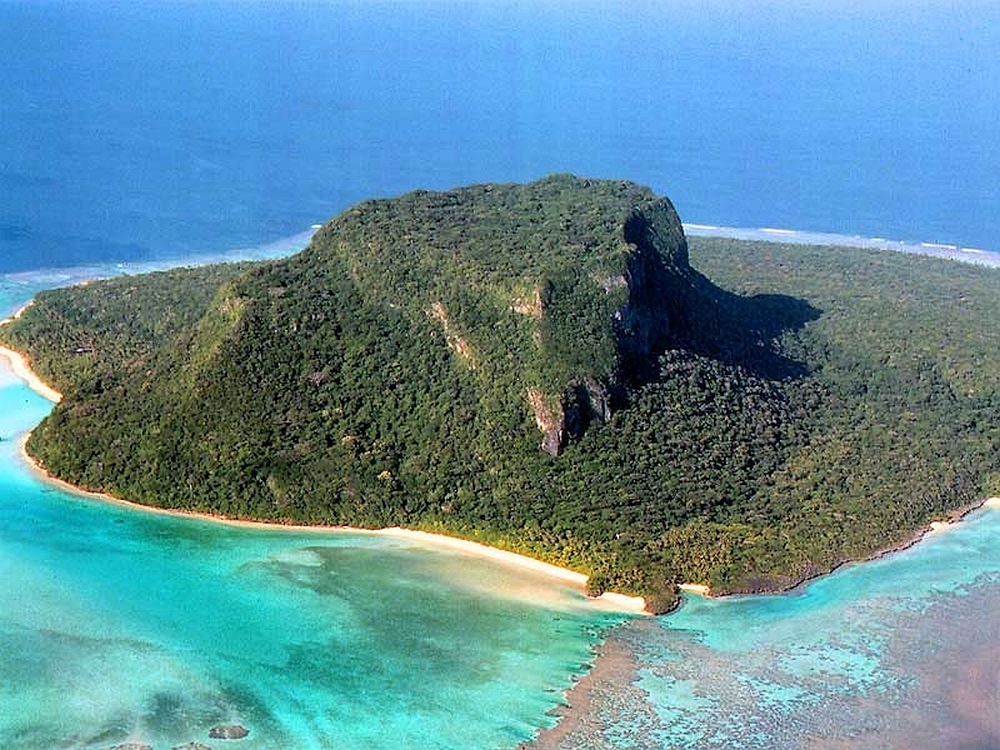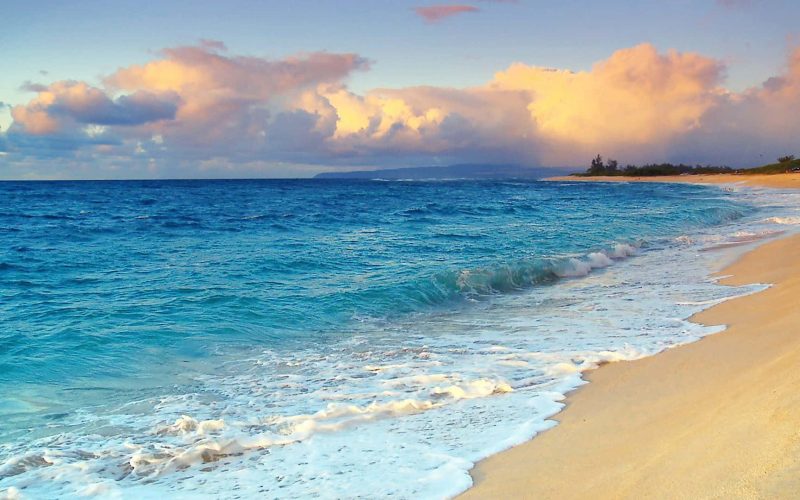The oceans cover more than 70% of the Earth’s surface and hold a vast array of life forms and natural wonders. These marine marvels, from the smallest plankton to the largest whales, are not only fascinating but also crucial to the health of our planet. This article explores the treasures of the sea, diving into the biodiversity, ecosystems, and the importance of marine conservation.
Mysteries of the Deep
The abyssal zone is one of the least explored regions on Earth. It is characterized by complete darkness, frigid temperatures, and high pressure. Despite these harsh conditions, it hosts a variety of life forms.
Hydrothermal Vents
Hydrothermal vents are found along mid-ocean ridges and are known for their unique ecosystems. These vents release mineral-rich water, providing energy for chemosynthetic organisms that form the base of a complex food web.
The Twilight Zone
The mesopelagic, or twilight zone, extends from 200 to 1,000 meters deep. It is home to bioluminescent creatures, such as lanternfish and squid, which produce light to communicate, lure prey, or camouflage themselves.

Marine Biodiversity
Coral reefs are often called the “rainforests of the sea” due to their incredible biodiversity. They provide habitat for thousands of species, including fish, crustaceans, mollusks, and sponges.
Kelp Forests
Kelp forests are underwater areas dominated by large, brown seaweeds. These forests support a diverse range of marine life, from sea otters to invertebrates, and play a crucial role in coastal ecosystems.
Seagrass Meadows
Seagrass meadows are underwater habitats formed by flowering plants. They are important feeding grounds for many marine species, including dugongs, sea turtles, and fish.
Unique Sea Creatures
The giant squid, a deep-ocean dweller, is one of the largest invertebrates on Earth. It remains largely mysterious due to its elusive nature and the depths at which it lives the blue whale is the largest animal ever known to have existed. These magnificent creatures can grow up to 100 feet long and are found in oceans around the world.
Bioluminescent Organisms
Many marine organisms, such as jellyfish, plankton, and certain fish, can produce their own light through bioluminescence. This phenomenon is used for communication, attracting prey, and deterring predators.
Underwater Ecosystems
The open ocean, or pelagic zone, is the largest habitat on Earth. It is divided into different layers, each with its own unique life forms and environmental conditions.
Coastal Ecosystems
Coastal ecosystems, including estuaries, mangroves, and salt marshes, are highly productive and serve as nurseries for many marine species.
Polar Oceans
The Arctic and Antarctic oceans are home to unique ecosystems adapted to extreme cold. These regions are crucial for global climate regulation and support diverse marine life, from krill to polar bears.
Importance of Marine Conservation
Marine life faces numerous threats, including overfishing, pollution, and climate change. These threats can lead to the loss of biodiversity and the collapse of marine ecosystems.
Conservation Efforts
Conservation efforts, such as marine protected areas (MPAs), sustainable fishing practices, and pollution control, are essential for preserving marine biodiversity and ensuring the health of ocean ecosystems.
Role of Marine Reserves
Marine reserves are areas where human activities are restricted or prohibited to protect marine life and habitats. These reserves can help replenish fish stocks and restore damaged ecosystems.
Human Interaction with the Sea
Fishing and aquaculture are major sources of food and income for millions of people worldwide. Sustainable practices are crucial to prevent overfishing and ensure the long-term health of marine resources.
Tourism and Recreation
Marine tourism, including activities like scuba diving, snorkeling, and whale watching, contributes significantly to the economy. Responsible tourism practices are important to minimize environmental impact.ceans are divided into various climate zones, including tropical, temperate, and polar regions. Each zone has distinct weather patterns, marine life, and environmental challenges, influencing global climate and ecosystems. Ocean exploration encompasses a wide range of disciplines and methodologies, each serving a unique purpose in unraveling the mysteries of the deep.
Maritime Trade
Maritime trade is vital for the global economy, with over 80% of international trade carried by sea. Ensuring the safety and environmental sustainability of shipping is critical.
Advancements in Marine Exploration
Submersibles and remotely operated vehicles (ROVs) have revolutionized marine exploration, allowing scientists to study the deep ocean and discover new species and habitats.
Satellite Technology
Satellites provide valuable data on ocean conditions, such as temperature, currents, and chlorophyll levels, which are essential for understanding marine ecosystems and managing resources.

Marine Biotechnology
Marine biotechnology harnesses the potential of marine organisms for applications in medicine, agriculture, and industry. This field holds promise for developing new drugs and sustainable products.
Conclusion
The oceans are teeming with life and hold countless wonders waiting to be discovered. Understanding and protecting these marine marvels is crucial for the health of our planet and future generations. By exploring the depths, conserving biodiversity, and promoting sustainable practices, we can ensure that the treasures of the sea continue to thrive.










